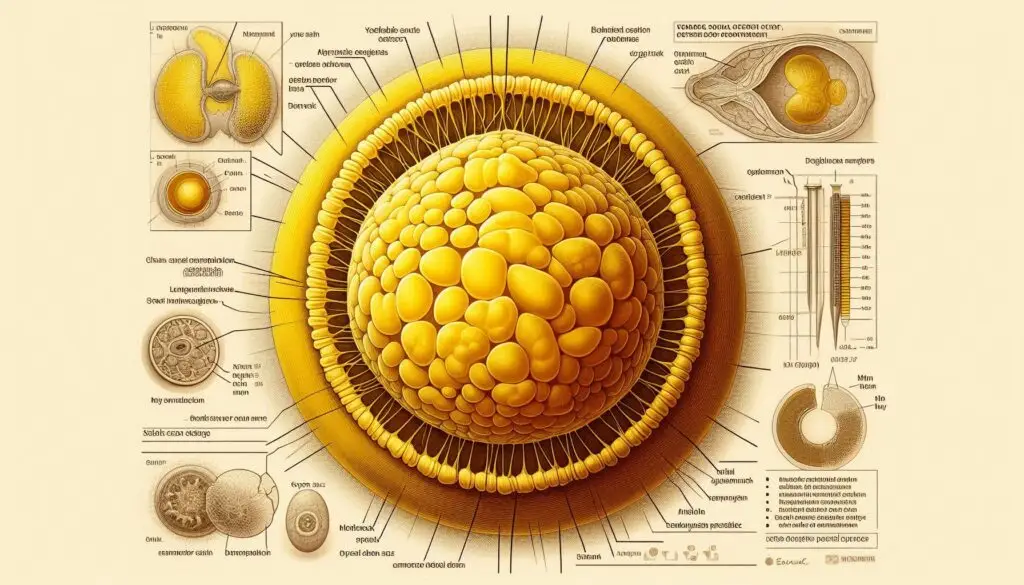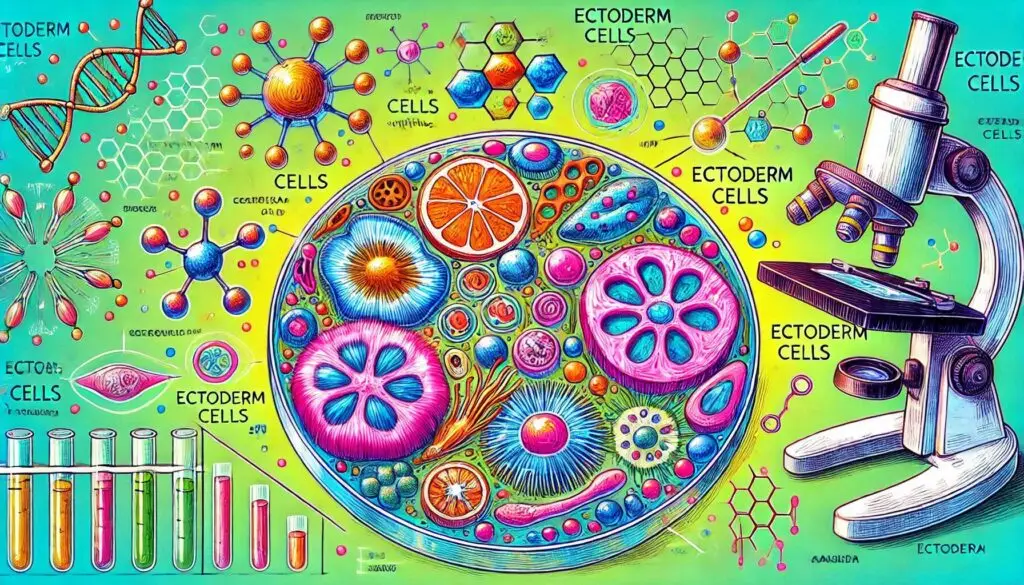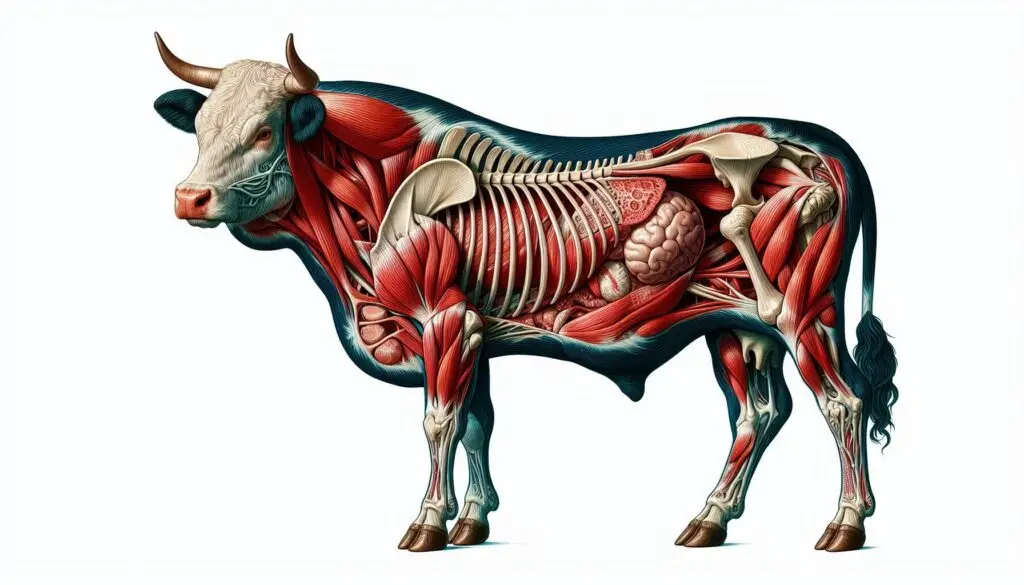Head-Oocyte Fusion

Introduction
Fertilization is a remarkable biological event that leads to the formation of a new organism. At its core lies head-oocyte fusion, where the sperm’s head merges with the oocyte. This process involves overcoming several barriers and intricate molecular interactions. Understanding this phenomenon is crucial for insights into reproductive biology and related medical fields.
The Barriers to Fertilization
Before head-oocyte fusion can occur, sperm must navigate three significant barriers: the corona radiata, zona pellucida, and vitelline membrane. Each barrier presents unique challenges that sperm must overcome.
The Corona Radiata
The corona radiata consists of follicular cells surrounding the oocyte. These cells provide protection and nourishment to the oocyte. Sperm must penetrate this layer first.
To learn more about how sperm interact with the corona radiata, check out this article on sperm penetration mechanisms.
The Zona Pellucida
Next, sperm encounter the zona pellucida, a glycoprotein layer that plays a critical role in fertilization. To breach this barrier, sperm undergo an acrosomal reaction. This reaction involves releasing enzymes from the acrosome, allowing sperm to digest portions of the zona pellucida.
For a deeper understanding of the acrosomal reaction, refer to this informative piece on acrosome function.
The Vitelline Membrane
Finally, sperm reach the vitelline membrane, which surrounds the oocyte itself. This membrane is crucial for the actual fusion of sperm and oocyte membranes.
Mechanisms of Head-Oocyte Fusion
Once sperm successfully navigate these barriers, they initiate head-oocyte fusion. This process is complex and involves several steps.
Acrosomal Reaction: A Critical Step
The acrosomal reaction is vital for successful fertilization. When sperm bind to the zona pellucida, they trigger this reaction. Enzymes are released that help break down the zona pellucida’s structure.
This reaction not only facilitates penetration but also prepares the sperm for fusion with the oocyte membrane. For more information on this process, visit the role of enzymes in fertilization.
Sperm-Oocyte Interaction
The fusion occurs primarily at the equatorial segment of the sperm head. Here, specific proteins play essential roles:
- IZUMO1: Found on the sperm surface.
- JUNO: Located on the oocyte membrane.
These proteins interact to promote adhesion and fusion between membranes. This step is crucial for allowing the sperm nucleus to enter the oocyte.
For further details on these proteins’ roles in fertilization, see the importance of IZUMO1 and JUNO.
Oscillatory Motion: Facilitating Fusion
Recent studies reveal that an oscillatory motion of the sperm flagellum aids in membrane fusion. This motion creates mechanical stress that helps bring the membranes closer together.
As membranes approach each other, they undergo conformational changes that lead to fusion. This process is essential for successful fertilization.
To explore more about how mechanical forces influence fertilization, check out this article on mechanical properties in reproduction.
The Importance of Head-Oocyte Fusion
Understanding head-oocyte fusion is crucial for several reasons:
- Reproductive Health: Insights into this process help address infertility issues.
- Assisted Reproductive Technologies (ART): Knowledge gained can improve techniques like IVF.
- Genetic Studies: Understanding how genetic material combines can lead to advancements in genetics.
Challenges and Future Directions
Despite advancements in reproductive biology, challenges remain in fully understanding head-oocyte fusion.
Infertility Issues
Infertility affects many couples worldwide. Research into head-oocyte fusion can provide insights into male infertility factors, such as poor sperm function or abnormal acrosomal reactions.
For more information about infertility treatments and research, visit the American Society for Reproductive Medicine.
Advancements in ART
Assisted reproductive technologies like IVF rely heavily on our understanding of fertilization processes. Improving techniques requires ongoing research into how sperm and oocytes interact.
To learn more about ART advancements, check out the latest trends in IVF.
Genetic Research
Understanding how genetic material from both parents combines during fertilization can lead to breakthroughs in genetic engineering and gene therapy.
For insights into genetic research related to reproduction, see the role of genetics in reproduction.
Conclusion
Head-oocyte fusion is a fascinating process that plays a vital role in human reproduction. By overcoming barriers like the corona radiata and zona pellucida, sperm can successfully fuse with oocytes. Understanding this process not only enhances our knowledge of fertilization but also paves the way for advancements in reproductive health and technology.
As research continues to evolve, we can expect new discoveries that will further illuminate this critical aspect of biology.
More from Veterinary Anatomy:





Responses